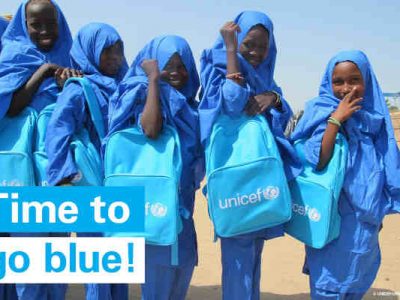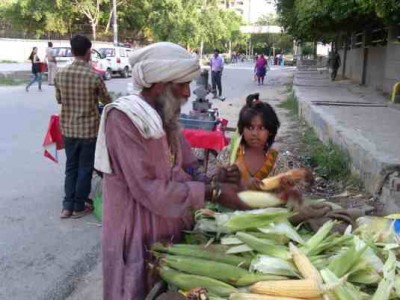
Over 16 Million Babies Born into Conflict in 2015: UNICEF
More than 16 million babies were born in conflict zones in 2015 – 1 in 8 of all births worldwide this year – UNICEF said today, a figure that underscores the vulnerability faced by increasing numbers of children.
“Every two seconds, a newborn takes their first breath in the midst of conflict, often in terrifying circumstances and without access to medical care,” said UNICEF Executive Director Anthony Lake. “Too many children are now starting their lives in extreme circumstances – from conflict to natural disasters, poverty, disease or malnutrition. Can there be a worse start in life?”
[ Germany Offers €250 Million for Children Caught in Conflict ]
In conflict-affected countries such as Afghanistan, the Central African Republic, Iraq, South Sudan, Syria and Yemen, or on perilous journeys to escape fighting, newborn children and their mothers face enormous risks.
Pregnant mothers are in danger of giving birth without medical help and in unsanitary conditions. Their children are more likely to die before they reach their fifth birthdays and to experience extreme – or “toxic” – stress, which can inhibit their long-term emotional and cognitive development.
[ Syrian Children Facing Harsh Winter Weather ]
In addition to conflict, poverty, the effects of climate change and lack of opportunity are making children increasingly vulnerable and have pushed millions on dangerous journeys away from their homes.
- More than 200,000 children applied for asylum in European Union countries in the first nine months of 2015, adding to the 30 million children across the globe forced from their homes by 2014 due to war, violence and persecution. More people are displaced now than at any moment since World War II.
- More than a quarter of a billion children – or 1 in 9 – live in countries and areas in conflict and face enormous obstacles to their health, education and well-being.
- More than half a billion children live in areas where floods are extremely common and nearly 160 million live in high or extremely high drought severity zones.
- Children represent almost half of all people living in extreme poverty although they make up roughly a third of the world’s population.
“The final months of 2015 have seen the world come together around tackling climate change and a new global development agenda. These ambitious agreements present a huge opportunity if we can translate our promises into action for the most vulnerable children,” said Lake.
“If we address the reasons so many families feel the need to uproot themselves and their children from their homes – by resolving conflict, by addressing climate change, by expanding opportunity, we can make 2016 a year of hope for millions – not a year of despair.”
Photo / Video courtesy: UNICEF



